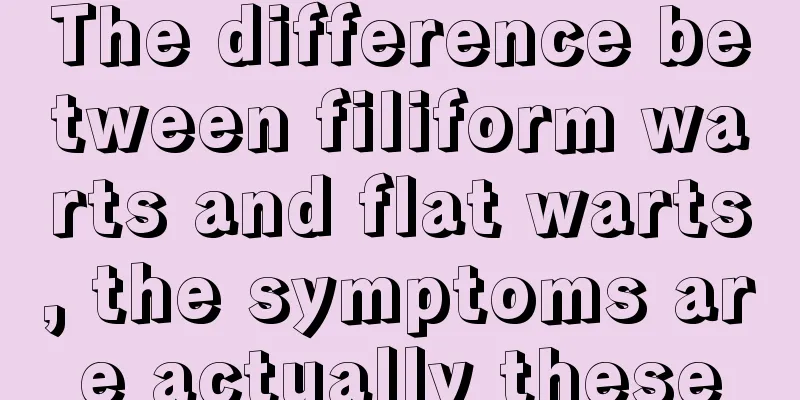3 types of routine examinations for esophageal cancer

|
Esophageal cancer is a malignant tumor of the digestive system with a high incidence rate in my country. To avoid its harm, early examination, early detection and early treatment should be carried out. The examinations required for the diagnosis of esophageal cancer generally depend on the patient's condition. The following are several common examinations. Gastroscopy Gastroscopy is a good method for diagnosing esophageal cancer, especially in the early stages of esophageal cancer. Gastroscopy is clear and can perform a comprehensive three-dimensional examination of all parts of the esophagus and stomach from multiple angles under direct vision. It can also directly photograph and record the lesions, magnify them dozens or even hundreds of times, and carefully distinguish them. Then, sample tissues are taken and sent to pathologists for confirmation, thus completing the diagnosis of esophageal cancer. Esophageal barium meal examination Barium meal examination can observe the peristalsis of the esophagus, the relaxation of the esophageal wall, changes in the esophageal mucosa, esophageal filling defects and the degree of obstruction. Peristalsis cessation or reverse peristalsis of the esophagus, local stiffness of the esophageal wall that cannot fully expand, disorder, interruption and destruction of the esophageal mucosa, stenosis of the esophageal lumen, irregular filling defects, ulcer or fistula formation and axial abnormalities of the esophagus are all important signs of esophageal cancer. Hypotonic double contrast is more effective than conventional contrast for the detection of early esophageal cancer. CT of the esophagus CT examination can clearly show the relationship between the esophagus and the adjacent mediastinal organs. The normal esophagus has a clear boundary with the adjacent organs and the thickness of the esophagus is normal. If the thickness of the esophageal wall increases and the boundary with the surrounding organs is blurred, it means that there is an esophageal lesion. CT examination can also fully show the size of esophageal cancer lesions, the scope and degree of tumor invasion. At the same time, CT examination results can also help determine the surgical method and formulate radiotherapy plans. Tips: In 1981, Moss proposed the CT staging of esophageal cancer: Stage I: The tumor is confined to the esophageal cavity, and the esophageal wall thickness is ≤5 mm; Stage II: esophageal wall >5mm; Stage III: Thickening of the esophageal wall and extension of the tumor to adjacent organs, such as the trachea, bronchi, aorta, or atrium; Stage IV: The tumor has distant metastasis. |
>>: Indications for radiotherapy in patients with esophageal cancer
Recommend
What causes tinnitus
Ears are the tools we use to listen to the world ...
Is large cell neuroendocrine carcinoma considered lung cancer?
Is large cell neuroendocrine carcinoma considered...
What are the causes of uterine cancer
The cause of uterine cancer is not very clear. Me...
If my mother has polycystic kidney disease, will it be inherited?
Many people are familiar with polycystic kidney d...
What is the reason for back pain and arm pain
Humans use their arms when carrying out their nor...
What is the reason for swallowing saliva and having foreign objects in the throat
Swallowing saliva is a natural and comfortable pr...
Is aluminum sulfate a precipitate?
Aluminum sulfate is a precipitant for many rubber...
What are the dangers of reading while eating
Many people like to read or watch TV while eating...
What happens if skin cancer recurs after surgery
What are the symptoms of skin cancer recurrence? ...
Abdominal pain is the most obvious early symptom of stomach cancer
The best time to treat a disease is in its early ...
What are the methods for treating lung cancer? The treatment of lung cancer depends on these three situations
The treatment of lung cancer is basically the sam...
What happens if the placenta ages
Placental aging is more about the quality of plac...
Polyps in the nose? Never underestimate it!
Nasal polyps are a common disease that poses a gr...
What is the treatment for itchy throat?
My throat often itches, and I always feel like th...
What department does wisdom tooth extraction belong to
It is not difficult to find that there are more a...









